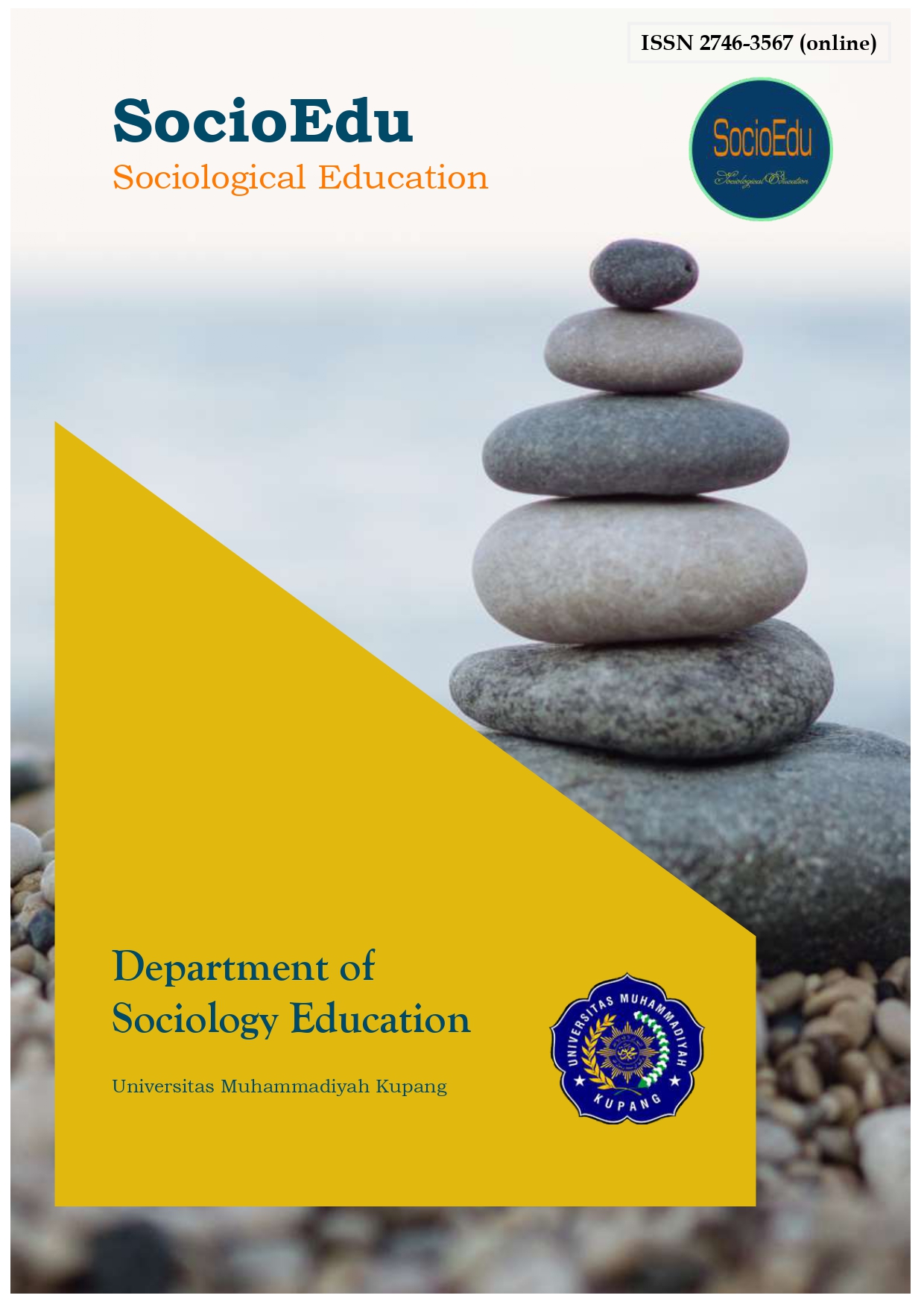Main Article Content
Abstract
The pervasive influence of artificial intelligence (AI) and digital technologies in children's lives necessitates a balanced approach to parenting in the digital age. This article examines how to raise children who are technologically adept while maintaining their cognitive, social, and emotional well-being. Through a comprehensive literature review, we explore the dual impact of AI-driven tools on education and development, highlighting both their potential benefits such as personalized learning and enhanced problem-solving skills and their risks, including excessive screen time, privacy concerns, and reduced face-to-face interactions. The study employs a mixed-methods approach, combining qualitative insights from parents and educators with quantitative data on childrens tech usage patterns. Findings suggest that while AI can significantly enrich learning experiences, its unregulated use may hinder critical developmental milestones. We propose actionable strategies for parents to set healthy digital boundaries, for educators to integrate AI responsibly in classrooms, and for policymakers to enforce child-centric tech regulations. The discussion emphasizes the importance of fostering digital literacy alongside offline activities to ensure holistic child development. By bridging research and practical recommendations, this article contributes to the ongoing dialogue on nurturing well-rounded, tech-savvy children in an increasingly AI-driven world.
Keywords
Article Details

This work is licensed under a Creative Commons Attribution 4.0 International License.
References
- American Academy of Pediatrics. (Novemver 1, 2016). Media and young minds. https://doi.org/10.1542/peds.2016-2591
- Buolamwini, J., & Gebru, T. (2018). Gender shades: Intersectional accuracy disparities in commercial gender classification. Proceedings of Machine Learning Research. https://proceedings.mlr.press/v81/buolamwini18a.html
- Chen, X., Xie, H., & Hwang, G. J. (2020). A multi-perspective study on AI-based learning assistance. Computers & Education, 150. https://doi.org/10.1016/j.caeai.2020.100005
- Fardouly, J., Diedrichs, P. C., Vartanian, L. R., & Halliwell, E. (2015). Social comparisons on social media. Body Image, 13, 38-45. https://doi.org/10.1016/j.bodyim.2014.12.002
- Hinduja, S., & Patchin, J. W. (2018). Cyberbullying: Identification and prevention. Journal of School Violence, 17(4), 1-15.
- Luckin, R., Holmes, W., Griffiths, M., & Forcier, L. B. (2016). Intelligence Unleashed: An argument for AI in Education. Pearson. Open Ideas. ISBN: 978 0992424886.
- Alderson, P., & Morrow, V. (2020). The ethics of research with children and young people (2nd ed.). Sage. Open Ideas. ISBN: ISBN: 9781529738469
- Braun, V., & Clarke, V. (2006). Using thematic analysis in psychology. Qualitative Research in Psychology, 3(2), 77-101. https://doi.org/10.1191/1478088706qp063oa
- Creswell, J. W., & Creswell, J. D. (2018). Research design: Qualitative, quantitative, and mixed methods approaches (5th ed.). Sage.
- Field, A. (2018). Discovering statistics using IBM SPSS statistics (5th ed.). Sage.
- Johnson, R. B., Onwuegbuzie, A. J., & Turner, L. A. (2007). Toward a definition of mixed methods research. Journal of Mixed Methods Research, 1(2), 112-133. https://doi.org/10.1177/1558689806298224
- Lincoln, Y. S., & Guba, E. G. (1985). Naturalistic inquiry. Sage.
- Livingstone, S., Blum-Ross, A., Pavlick, J., & Ólafsson, K. (2017). In the digital home, how do parents support their children and who supports them? London School of Economics and Political Science. https://eprints.lse.ac.uk/69858/
- Merriam, S. B., & Tisdell, E. J. (2016). Qualitative research: A guide to design and implementation (4th ed.). Jossey-Bass.
- Patton, M. Q. (2015). Qualitative research & evaluation methods (4th ed.). Sage.
- QSR International. (2020). NVivo qualitative data analysis software (Version 12). https://www.qsrinternational.com/nvivo-qualitative-data-analysis-software/home
- Riessman, C. K. (2008). Narrative methods for the human sciences. Sage.
- Yin, R. K. (2018). Case study research and applications: Design and methods (6th ed.). Sage.
- Bronfenbrenner, U. (1979). The ecology of human development. Harvard University Press.
- GDPR. (2016). General Data Protection Regulation. Official Journal of the European Union, L119, 1-88. https://gdpr-info.eu/
- Granic, I., Lobel, A., & Engels, R. C. M. E. (2020). The benefits of playing video games. American Psychologist, 69(1), 66-78. https://doi.org/10.1037/a0034857
- Hiniker, A., Schoenebeck, S. Y., & Kientz, J. A. (2016). Not at the dinner table: Parents' and children's perspectives on family technology rules. Proceedings of the ACM CSCW, 1376-1389. https://doi.org/10.1145/2818048.2819940
- Kankaanranta, M., Koivula, M., & Laakso, M.-L. (2021). Digital media in early childhood education: The Finnish approach. Journal of Early Childhood Education Research, 10(1), 1-21. https://jecer.org/finland-digital-early-education/
- Livingstone, S., & Blum-Ross, A. (2020). Parenting for a digital future. Oxford University Press. https://doi.org/10.1093/oso/9780190874698.001.0001
- Mark, G., Gudith, D., & Klocke, U. (2018). The cost of interrupted work. Proceedings of the ACM CHI, 107-110. https://doi.org/10.1145/1357054.1357072
- Nikken, P., & Jansz, J. (2014). Developing scales to measure parental mediation of young children's internet use. Learning, Media and Technology, 39(2), 250-266. https://doi.org/10.1080/17439884.2013.782038
- Rideout, V., & Robb, M. B. (2020). The Common Sense census: Media use by kids age zero to eight. Common Sense Media. https://www.commonsensemedia.org/research
- Twenge, J. M. (2017). iGen: Why today's super-connected kids are growing up less rebellious... Simon & Schuster.
- Uhls, Y. T., Ellison, N. B., & Subrahmanyam, K. (2021). Benefits and costs of social media in adolescence. Pediatrics, 140(Supplement 2), S67-S70. https://doi.org/10.1542/peds.2016-1758E
- Rights Foundation. (2020). The Children's Design Code. https://5rightsfoundation.com/standards/the-design-code
- Livingstone, S., Stoilova, M., & Nandagiri, R. (2019). Children's data and privacy online. New Media & Society, 21(3), 403-410. https://doi.org/10.1177/1461444818819616
- OECD. (2021). AI and the future of skills in education. https://www.oecd.org/education/ai-and-education-9d6b023a-en.htm
- Radesky, J., Hiniker, A., McLaren, C., & Ameen, M. (2020). Parent and child problematic media use: The role of maternal mental health. Pediatrics, 145(Supplement 2), S337-S346. https://doi.org/10.1542/peds.2019-2056G
- Tisseron, S. (2018). The 3-6-9-12 Rules for Happy Digital Education. Erès. https://doi.org/10.3917/eres.tisse.2018.01
